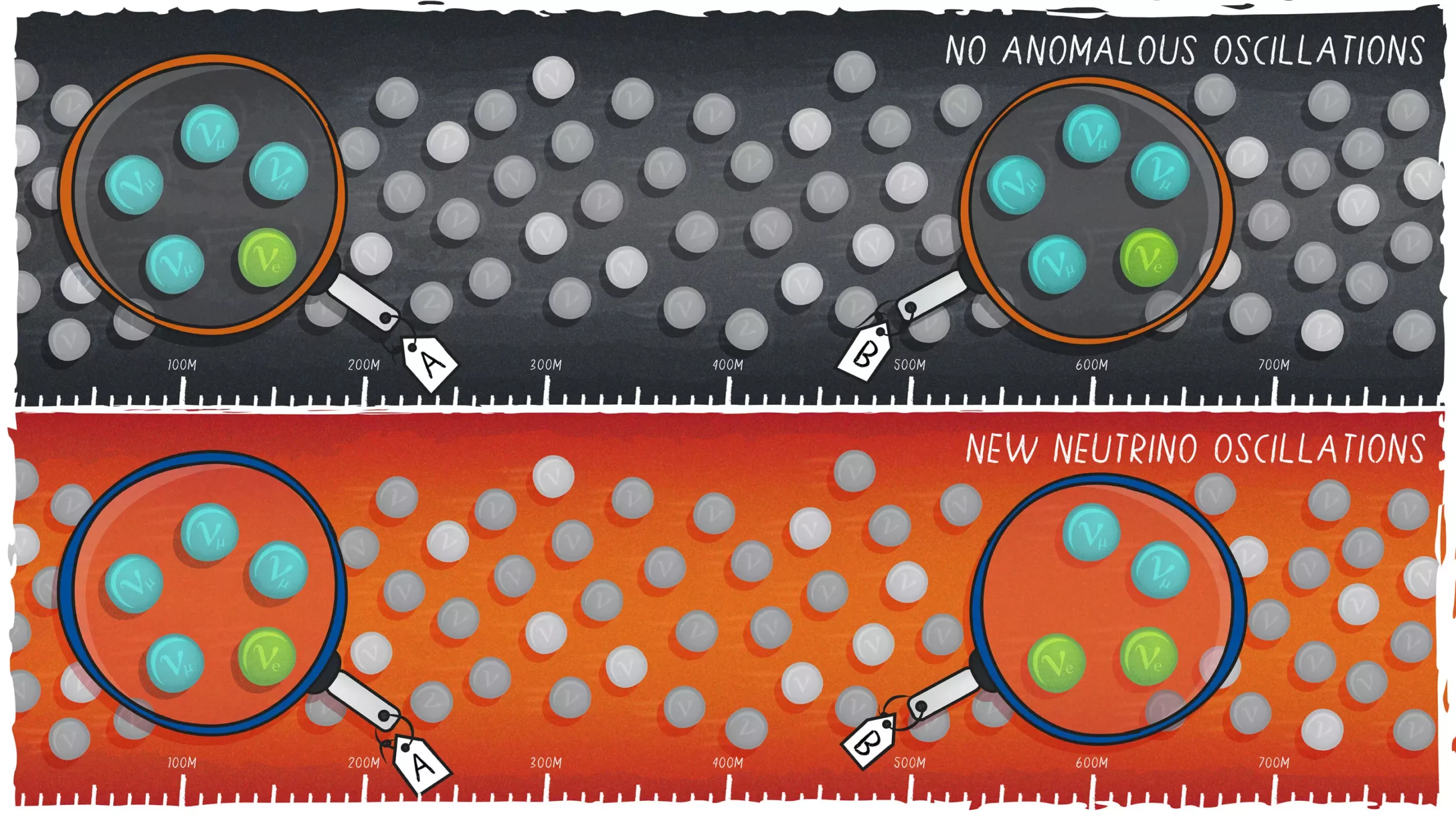Neutrinos, elusive particles that abound in the universe, are at the heart of a significant breakthrough in particle physics, with researchers at the Short-Baseline Near Detector (SBND) at Fermilab making headlines by identifying their first interactions. This achievement is more than just a technical milestone; it lays the groundwork for a deeper understanding of the universe’s fundamental workings. The journey that led to this moment involves nearly a decade of meticulous planning, construction, and international collaboration among over 250 scientists and engineers, igniting excitement in the field for what lies ahead.
The SBND serves a critical function in the larger framework of Fermilab’s Short-Baseline Neutrino (SBN) Program, an initiative designed to investigate potential anomalies in neutrino behavior—like the possibility of undiscovered neutrino types. The detector’s successful activation marks a pivotal point not only for the scientists involved but also for the broader scientific community, which has long grappled with the limits of the Standard Model of particle physics. Despite being the prevailing theory explaining the universe’s fundamental forces, the Standard Model fails to address numerous questions, including anomalies observed in various neutrino experiments over the decades.
David Schmitz, a co-spokesperson for the SBND collaboration and associate professor of physics at the University of Chicago, emphasized the significance of this moment, stating, “It isn’t every day that a detector sees its first neutrinos.” Such moments spark the curiosity of scientists about the potentials of new physics that may lie beyond current understanding.
Bringing the SBND project to fruition was no small feat; it required collaboration across borders, pooling expertise and resources from nations including Brazil, Spain, Switzerland, the United Kingdom, and the United States. This effort embodies the global nature of modern scientific inquiry, amplifying the potential for groundbreaking discoveries. The team’s collective goal is to better understand neutrino oscillations—the phenomenon wherein neutrinos switch between their three known types: electron, muon, and tau. These phenomena hint at the existence of a possible fourth neutrino, a prospect that could reshape our understanding of particle physics.
Fermilab scientist Anne Schukraft suggests that discrepancies noted in earlier neutrino experiments may signal more than just fluctuations in data. “That could mean that there are more than the three known neutrino flavors,” she stated, alluding to the tantalizing possibility of an undiscovered type of neutrino that does not interact through the standard weak force.
A standout feature of the SBND project is its unique experimental setup, comprising both a near detector and a far detector, namely the ICARUS detector, already operational since 2021. This dual approach enables scientists to observe neutrinos immediately as they are generated and those that have had the chance to oscillate before reaching the far detector. Unlike previous experiments, which had to estimate the initial characteristics of the neutrino beam, this methodology allows for a more precise and accurate study of neutrino behavior.
This heightened measurement capability paves the way for unprecedented data collection. Anticipating around 7,000 neutrino interactions per day, SBND aims to gather a wealth of information—tenfold that achieved by previous experiments that also used liquid argon. The findings from SBND and its associated projects promise to inform designs for future experiments, including the ambitious Deep Underground Neutrino Experiment (DUNE), enhancing our grasp of how neutrinos interact with argon—a heavier nucleus as compared to simpler nuclei like helium and hydrogen.
While the SBND’s primary focus is on neutrinos, the detector’s proximity to Fermilab’s high-intensity particle beam opens the door to surprising discoveries beyond conventional confines. Researchers are keenly aware that unexpected results could emerge, shedding light on elements that elude the Standard Model, such as dark matter. Although SBND is designed to detect lightweight particles rather than massive dark matter candidates, its potential to uncover new physics alongside neutrino data makes it a vital component in the quest for understanding dark sectors.
“Theorists have devised a whole plethora of dark sector models of lightweight dark particles that could be produced in a neutrino beam,” noted Andrzej Szelc, SBND physics co-coordinator and a professor at the University of Edinburgh. These avenues of exploration could provide profound insights into puzzles that have long challenged physicists.
The detection of the first neutrinos signals the beginning of an exciting chapter for the SBND collaboration and the scientific community at large. As they embark on the next phase of data gathering and analysis, researchers hold immense expectations for the implications of their work in addressing long-standing questions and potentially revolutionizing our understanding of the universe. This watershed moment not only validates years of hard work but also serves as a harbinger of transformative discoveries on the horizon that could shape the future of physics for generations to come.

